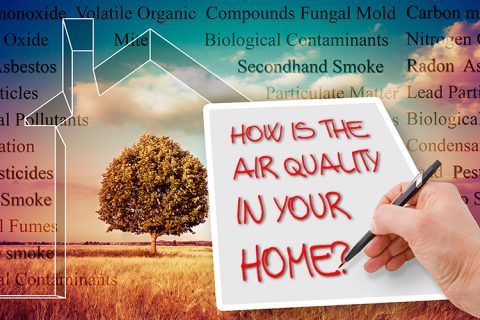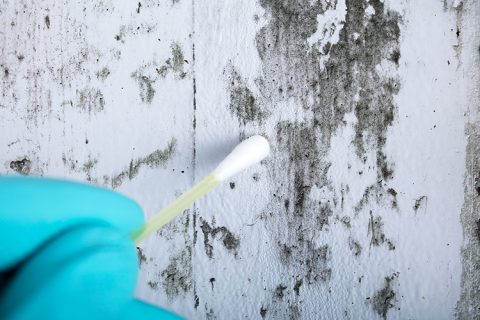Mold and Indoor Air Quality
Mold (Fungi) grows everywhere, both indoors and outdoors. Mold needs both food and water to reproduce. At least 1,000 species of mold are common in the United States. In a house, it is most likely to grow where there is water or dampness – such as bathrooms, attic and basements. Removing the source of moisture is critical to preventing mold growth. Most types of molds routinely encountered are not hazardous to healthy individuals. However, some molds or overexposure can be more hazardous to health or cause coughs, congestion, runny nose, eye irritation or aggravation of asthma.
BenGineering, LLC offers Mold and Indoor Air Quality testing:
- Visual inspection for signs of mold in the entire home from basement to attic, looking for presence of water intrusion and mold growth.
- Samples are collected throughout the home, including two indoor air samples and one outdoor reference air sample. If visible mold growth is identified, a surface sample(s) will also be collected. The results of the investigation with air samples, and surface samples are provided by a certified analytical lab in a comprehensive report in 2 to 5 business days.





